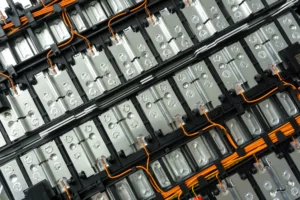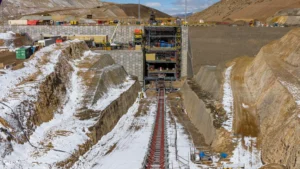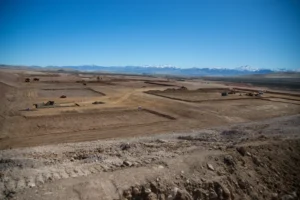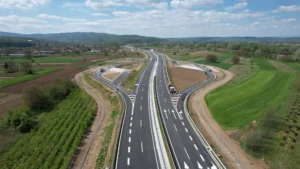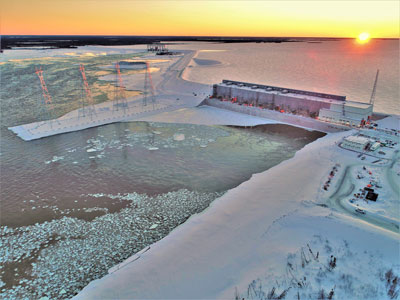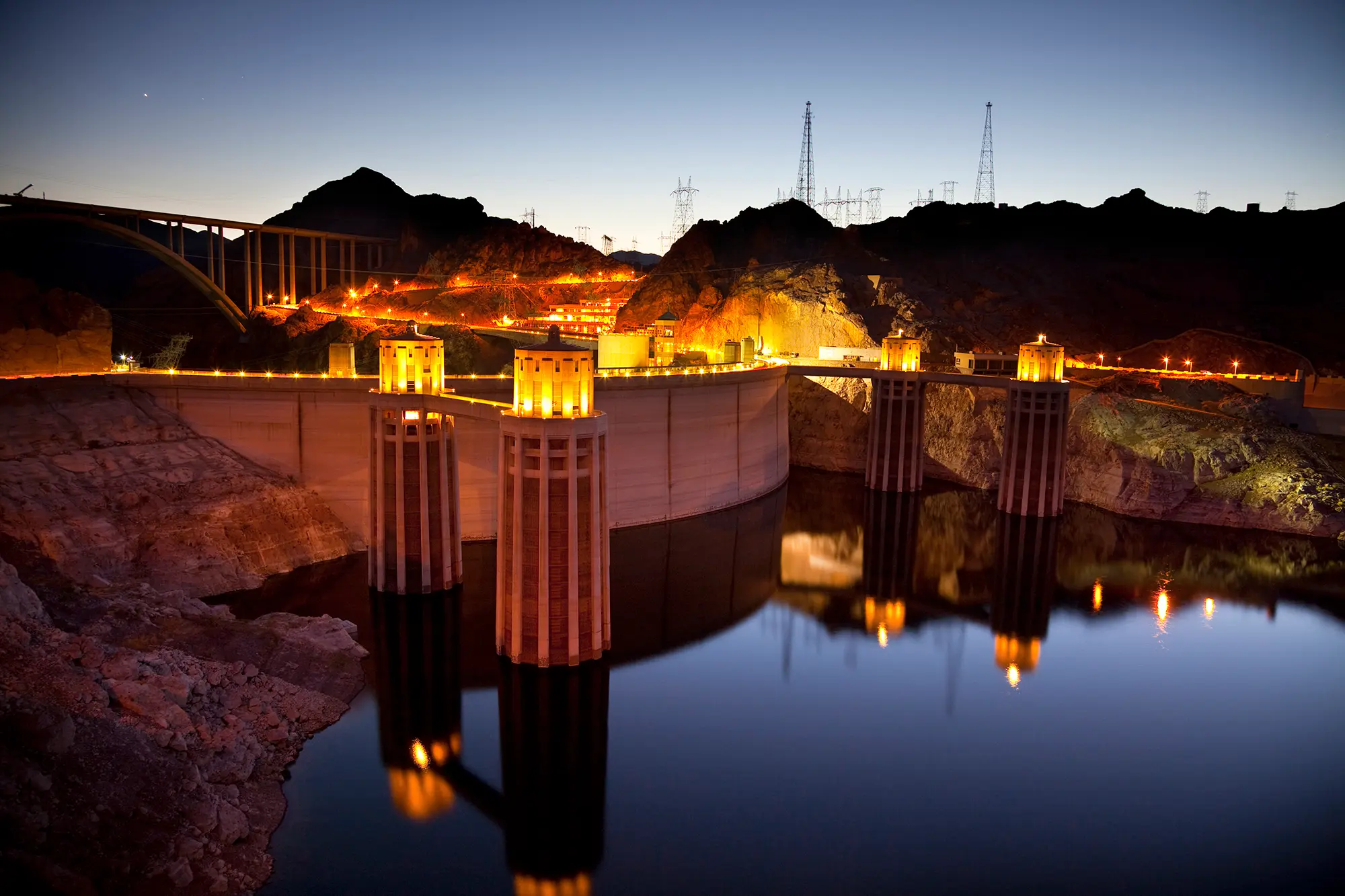-
Claire Rose
Water and Heavy Civils Sector Lead, Bechtel Infrastructure
As the world moves away from fossil fuels and transitions to low-carbon alternatives, Pumped Storage Hydro is becoming an increasingly critical solution to supporting the energy transition and grid resilience.
Globally, governments are setting net zero targets. They’re considering how to transform their energy mix and move away from their reliance on fossil fuels while ensuring a secure supply for homes and businesses. As a form of energy storage, PSH is part of the solution to balancing supply and demand for grids that have large proportions of variable renewables.
However, PSH projects have historically required considerable upfront capital costs and lengthy construction periods, and developers and utilities that considered these projects needed to demonstrate the return on investment to access finance for the capital expenditure. Global economic arrangements need to shift to support greater investment in grid resilience, using methods such as PSH, especially as electricity suppliers tap into ever-increasing proportions of intermittent renewables.
The drive towards decarbonization
One of today’s global goals is to build a sustainable future. Based on evaluating the energy supply in 25 countries, the World Economic Forum and Accenture have identified that the journey towards a sustainable energy transition has three stages, called the System Value, shown in Figure 1.
Variable renewables, such as wind and solar energy, fluctuate in how much energy they provide throughout a day. When a country’s proportion of variable renewables tips past 20-30% of their overall energy mix, there is increased risk that the energy generated by variable renewables will make up a significant proportion of the consumed electricity at certain points throughout a day.
At that point, a country’s market enters the transformational elements stage of the System Value, and grid operators need to consider alternative elements such as PSH or battery storage to maintain the grid’s stability and availability of supply. Otherwise, grid operators are limited in their ability to increase the proportion of variable renewables in their energy mix.
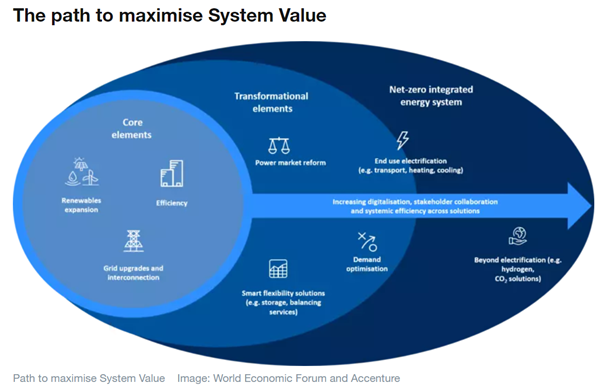
Figure 1 Path to maximize System Value diagram
Source: World Economic Forum and Accenture
1National Grid Accessed 10/12/21
A stable supply
In 2016, during overcast and calm days, National Grid, the U.K.’s grid operator, needed to turn on gas-fired power stations to keep the lights on. Approximately 42% of electricity demand was provided by the gas-powered fleet. The U.K. Nuclear Fleet provides between 15%-20% of the U.K.’s electricity, and with almost half of it scheduled to be retired by 2025, the demand on natural gas is expected to increase. Recent geo-political events have heightened the pressure for countries to re-examine their energy mix and grid stabilization measures in the near-term to ensure a stable and secure supply as electricity demand increases.
PSH is one such solution to help stabilize the grid, and it received the backing of U.K. Climate Change Envoy and COP26 president Alok Sharma at the 2021 World Hydropower Congress. “The flexibility and storage potential of hydro can make it a critical part of the renewable energy mix,” Sharma said. And with continued concern over energy security amid the recent gas crisis, U.K. Secretary of State for Business, Energy and Industrial Strategy Kwasi Kwarteng confirmed his government is exploring the potential for building more hydropower projects.
Given PSH’s ability to unlock the potential of renewables, more countries need to invest in its capability.
Investment in PSH
Since PSH is a grid resilience solution, governments with significant proportions of variable renewables on their grids need to work with utilities and developers to create fair payment mechanisms to support the growing need to stabilize their grids.
Several governments interested in attracting private investment into PSH have already developed subsidy opportunities to increase development investment for feasibility studies to develop business cases for PSH. In countries where this is taking place, a greater proportion of private developers are entering the market.
Greater support from governments will allow developers and utilities to develop robust business cases for greater and continued investment in energy storage solutions, such as PSH, to support net zero economies and help drive the transformation necessary for a cleaner and more energy resilient future.
About Bechtel
Bechtel has over 80 years of hydroelectric experience, reaching back to the construction of the Hoover Dam in 1935. During that time, we have built 105 dams worldwide, and today, as part of Bechtel’s commitment to the global effort to reach net zero, we are using that expertise to develop sustainable hydropower solutions for communities around the world.
Bechtel has recently become a member of the International Hydropower Association and is a part of the mission to advance sustainable hydropower by building and sharing knowledge of renewable energy systems, responsible water management, and climate change solutions.
We support the International Hydropower Association’s Sustainability Standard because we are committed to creating a sustainable future and helping realise hydropower’s potential to contribute to the clean energy transition.
-
Claire Rose
Water and Heavy Civils Sector Lead, Bechtel Infrastructure
